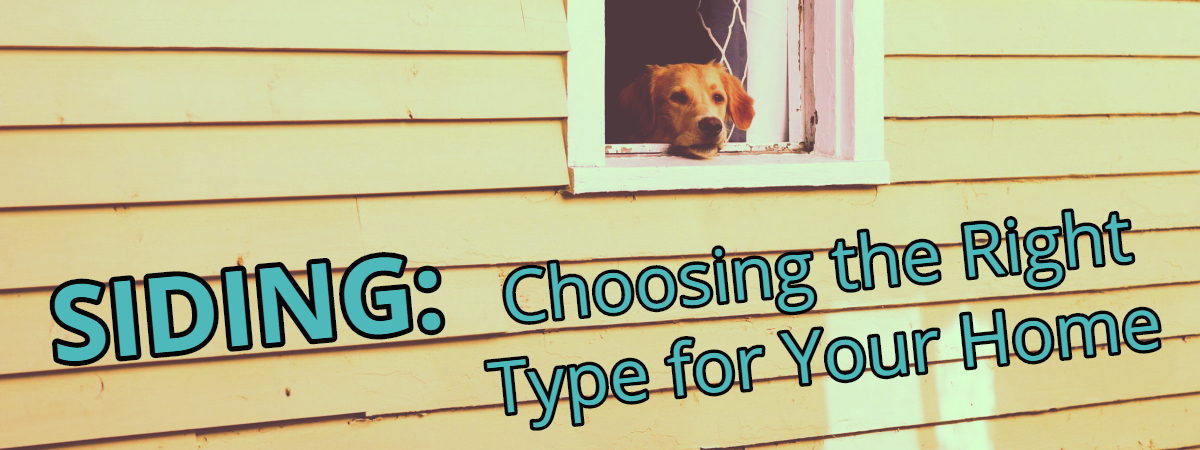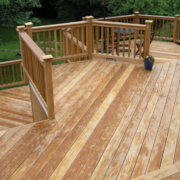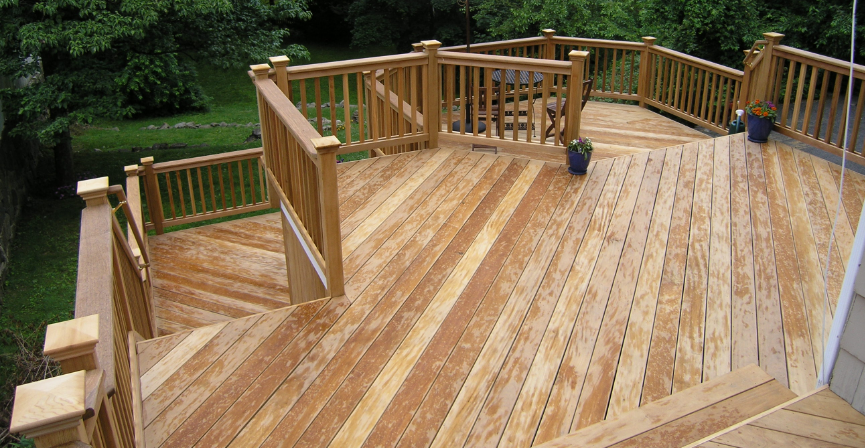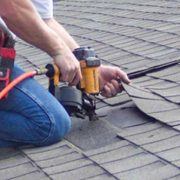4 Things You Must Do to Protect Your Roof This Winter

Winter weather can be tough on your roof. Snow, ice, and harsh winds all can wreck havoc on your shingles and flashing, causing major problems for you and your family. To protect from expensive repairs mid-winter, take these 4 steps to protect your roof before the cold weather hits:
Clean your gutters
Clogged gutters and downspouts can harbor moisture, causing frozen water to expand and damage gutters. Cracked, sagging gutters can cause damage not only from pulling away from the rest of your roof, but also when the ice begins to thaw in the spring. Water that cannot properly drain can puddle on your roof or drain directly onto your foundation, leading to long-term, expensive damage if it isn’t remedied quickly.
Get up on a ladder with your trusty trowel and bucket and clear all the leaves, sticks, and other debris that have collected in your gutters since spring. Lug a hose up there, too, and run some water through the gutters to check for leaks and to be sure your downspouts are funneling water properly. If you feel uncomfortable performing this task, a handyman or other outdoor home professional should be able to make quick work of the job.
Check your roof ventilation
Warm air inside your home from ovens, bathrooms, and the general use of your furnace meets with cold outside air at your roof line. If your roof doesn’t have proper ventilation for the inner warm air, a difference of temperatures will be created and can cause snow and ice to melt, then re-freeze, forming an ice dam. To avoid this problem, you must keep your roof line as cool as possible.
While you’re up on the roof, make sure you have vents capable of handling the heat from your oven, your clothes dryer, and all bathrooms. If you have vents already, make sure they’re clear and in proper working condition. If you discover you don’t have adequate ventilation, contact a home professional before winter really sets in.
Insulate your attic
Much like improper roof ventilation, inadequate attic insulation easily creates a temperature differential on your roof, which can create ice dams. Ice dams can cause serious damage to your shingles, roof joists, and drywall inside your home, as water backs up onto your roof and pools or leaks inside.
Get up in your attic and check that it’s properly insulated. If you don’t have any insulation, or inadequate insulation, get some installed as soon as possible. For existing insulation, check that there are no holes or missing sections, which can cause drafts. Inspect around windows and vents to make sure the seals around them are intact and sufficient.
Trim your trees
Branches or other vegetation that hang over the roof can be magnets for collected snow and ice during winter months. If the plant is weak, or you have particularly heavy snow or ice accumulation, this can lead to branches breaking off and falling on your roof. This can cause pierced shingles, broken gutters, or other damage to your home and roof.
Before the winter weather hits, take a pair of shears or a chainsaw and trim off any branches that hang over your roof or gutters. If you don’t feel comfortable getting up that high, or you don’t know how to properly trim your trees, contact a tree maintenance or outdoor home professional for help.
Expert Exterior Upgrades in Central Maryland
At Select Home Exteriors, we offer more than 15 years of experience with roofing repairs and replacement. Contact us today for your free estimate!




 Replacing your windows is a big project, and one that’s best left up to the professionals. Before you sign on the dotted line, here are 10 questions you need to ask your window installation contractor:
Replacing your windows is a big project, and one that’s best left up to the professionals. Before you sign on the dotted line, here are 10 questions you need to ask your window installation contractor: Vinyl siding is relatively new on the home-exterior market, first gaining traction in the late 1950s. Early vinyl siding did not earn a good reputation as manufacturers still needed to work out the kinks in their new product. As technology has developed, vinyl siding has become more durable, versatile, and beautiful than ever before. Here are five reasons to choose vinyl siding:
Vinyl siding is relatively new on the home-exterior market, first gaining traction in the late 1950s. Early vinyl siding did not earn a good reputation as manufacturers still needed to work out the kinks in their new product. As technology has developed, vinyl siding has become more durable, versatile, and beautiful than ever before. Here are five reasons to choose vinyl siding:



